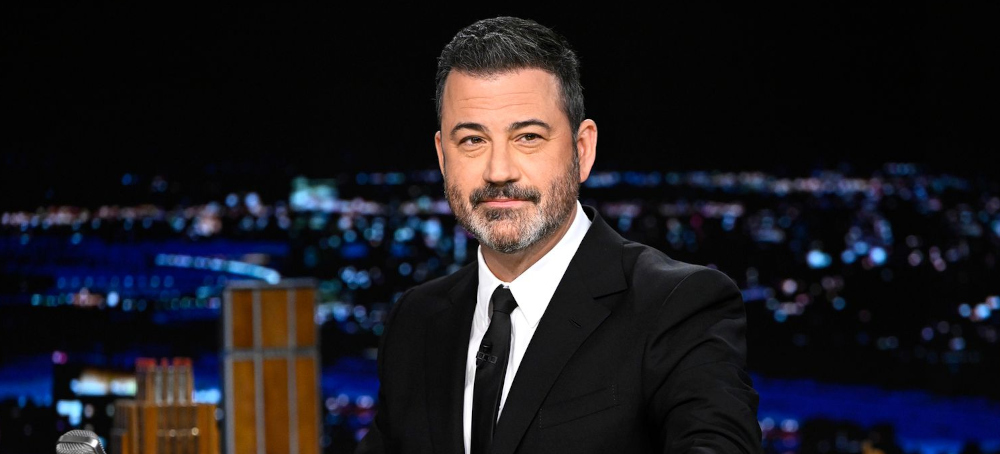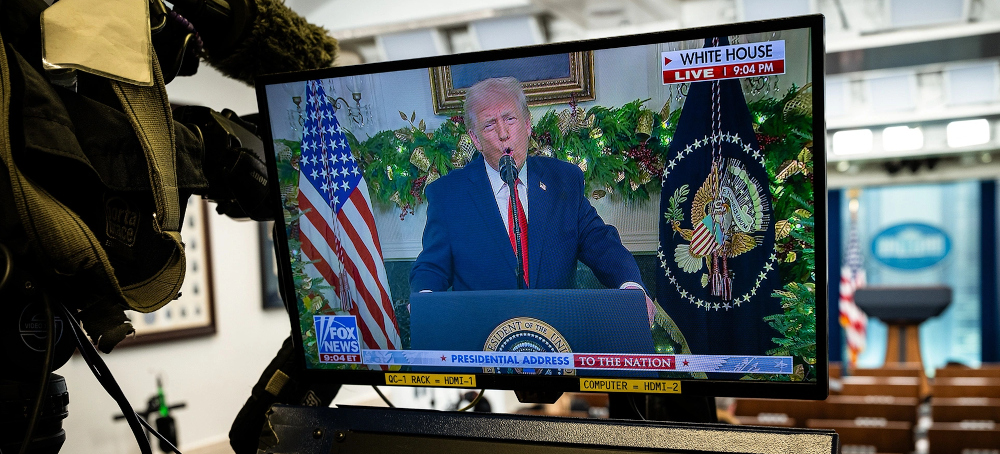
This year was filled with cowardly behavior from GOP lawmakers, who rolled over at every turn to let President Donald Trump neuter them of their power, trample on the Constitution, and destroy the economy and job market with his idiotic tariffs and evil deportation policies.
And their subservience to Trump didn’t do anything to help their own political fates, as Trump’s approval rating sinks to new embarrassing lows that threaten the GOP’s congressional majorities heading into the 2026 midterms.

Even as his poll numbers began to nosedive, Republicans still chose to defend Trump’s every whim—so much so that we launched the Congressional Cowards series this year, highlighting the most embarrassing Trump sycophants.
Now at year’s end, we are crowning the inaugural Congressional Coward of the Year—the biggest Trump toady of 2025, who deserves every last mocking jeer from Daily Kos readers.
There were a few top contenders.
For example, Sen. Susan Collins of Maine has said multiple times this year that she was very “concerned” about what Trump was up to, but she never actually asserted her power to block any of his actions. Cowardly behavior at its core.
We also contemplated giving the award to Rep. Marjorie Taylor Greene of Georgia, who, yes, stuck her neck out to criticize Trump, but then chose to cut and run from Congress rather than use her power to rein him in.
Still, neither of those lawmakers held a candle to our ultimate winner, who debased himself time and again in subservience to Dear Leader.
So congratulations Daily Kos' Congressional Coward of 2025: House Speaker Mike Johnson.
Now let’s take a trip down memory lane to remember some of Johnson's most cowardly moments throughout the year.
Standing by Elon Musk’s DOGE disaster
As Americans turned out in droves to protest former co-President Elon Musk’s destructive cuts from the now-defunct Department of Government Efficiency, Johnson completely dismissed their concerns—going as far as deriding the American people.
"The videos you saw of the town halls were for paid protesters," Johnson said during an appearance on CNN. “They had Democrats come and fill the seats.”
Of course, not every protester was a Democrat. But even if they were, why would someone’s concerns be more or less worthy because of the political party with which they associate?
But Johnson continued to show his disdain, saying that the protesters—some of whom lost their livelihoods and benefits due to Musk’s cruel cuts—should actually be thanking the billionaire buffoon for his DOGE effort.
“Elon has said in recent weeks and told me in his office a couple weeks ago, [that] he thinks it’s very possible, this year, to identify and eliminate a trillion dollars of waste of your taxpayer dollars,” Johnson told the Washington Post in February. “You ought to be standing up and applauding.”
Yeah … we’ll pass.
Defending tariffs
Virtually no one likes Trump’s destructive tariffs, which—despite Trump’s lies—are shouldered by U.S. businesses and consumers.
A November Politico poll found that just 22% of voters who supported Trump in 2024 think that his tariffs are helping the economy. But that hasn’t stopped Johnson from defending Trump’s tariffs at every turn.
"Look, you have to trust the president's instincts on the economy," Johnson told reporters in April, right after Trump issued his nonsensical “Liberation Day” tariffs that imposed massive levies on nearly every country, even ones uninhabited by humans.
Even worse, Johnson has actively blocked Congress from asserting its constitutional authority to end the tariffs.
“What are we, about three weeks into the tariff policy of this new administration? I don’t think it’s appropriate for Congress to jump in the middle of that and try to legislate,” Johnson said in May.
Not only does that make Johnson look weak, but it also means that his party now owns the negative impacts that Trump’s tariffs have on the economy, including a spike in inflation and hammer to the job market.
Epstein files flop
Johnson’s most embarrassing debacle this year was his handling of the Epstein files, serving as Trump’s righthand man in the effort to squash the release of the files.
But in the end, Johnson folded when it became clear that his indefensible battle was lost.
Even when Johnson was forced to put the Epstein files bill on the House floor for a vote, he said that he was voting for it with the assumption that the Senate would water it down. This led to Johnson looking like a fool yet again, after the Senate passed the bill unchanged.
Had Johnson just put the bill on the floor months ago, the Epstein files saga could have been old news by the time the 2026 midterms came around. But by dragging his feet to appease Trump, the issue is now spilling over.
Pathetic deflections
Of course, there are times when Trump’s actions are too much even for Johnson to take. But rather than speak badly of Dear Leader, Johnson takes the cowardly route of ridiculously claiming to have not seen any reports of Trump’s abhorrent conduct.
Trump did something hypocritical? Johnson didn’t see it. The Trump administration brutally attacked religious leaders? Johnson didn’t see that either. Trump is trying to pocket $230 million in taxpayer dollars? Johnson doesn’t know enough to have an opinion.
Trump once infamously said that he could shoot someone on Manhattan’s Fifth Avenue and not lose any voters. And if he actually did, we bet Johnson would let that slide too. He just didn’t see it happen!
So here's to you, Mike Johnson, for being crowned Daily Kos' very first Congressional Coward of the Year.









 Commuters
walk past a bus stop near Nine Elms Station as activists put up a
poster showing President Donald Trump and Jeffrey Epstein near the US
Embassy in London, on July 17.
Commuters
walk past a bus stop near Nine Elms Station as activists put up a
poster showing President Donald Trump and Jeffrey Epstein near the US
Embassy in London, on July 17.
 Deputy Attorney General "Slippery" Todd Blanche has his own idea about how laws (and lies) work.
Deputy Attorney General "Slippery" Todd Blanche has his own idea about how laws (and lies) work.





 President Donald Trump sits in the gold-plated Oval Office.
President Donald Trump sits in the gold-plated Oval Office. 







